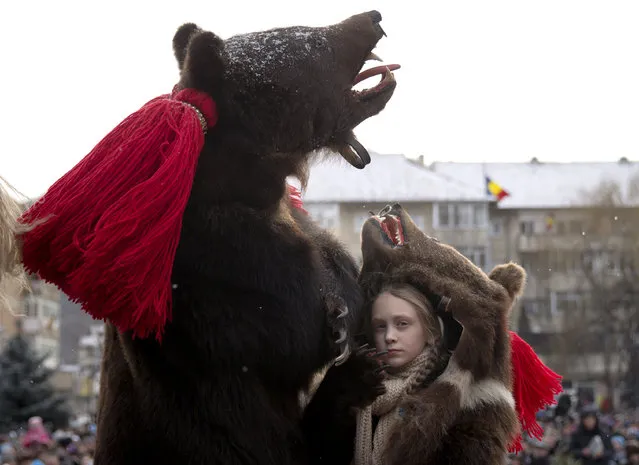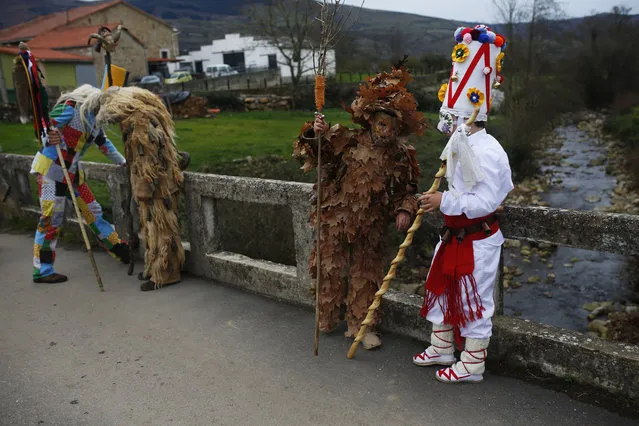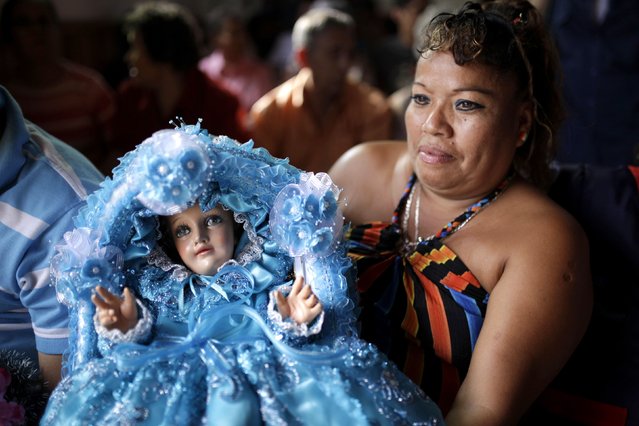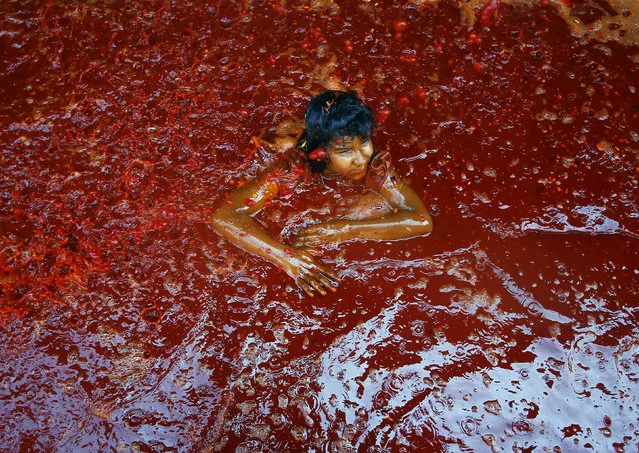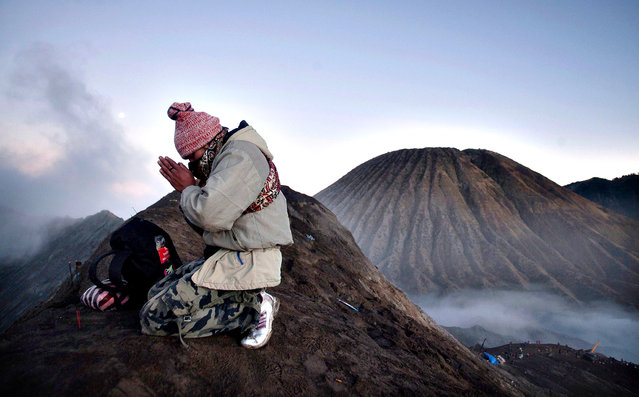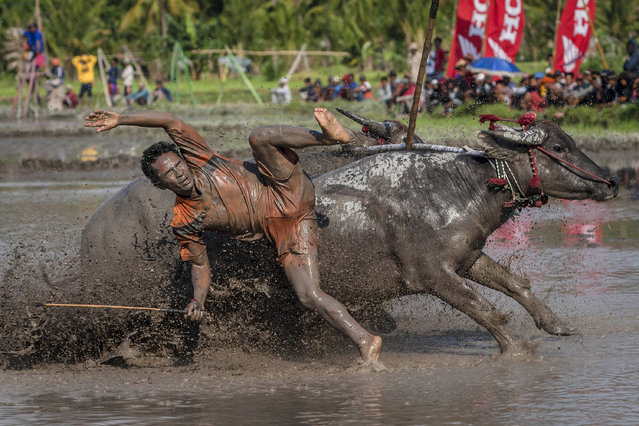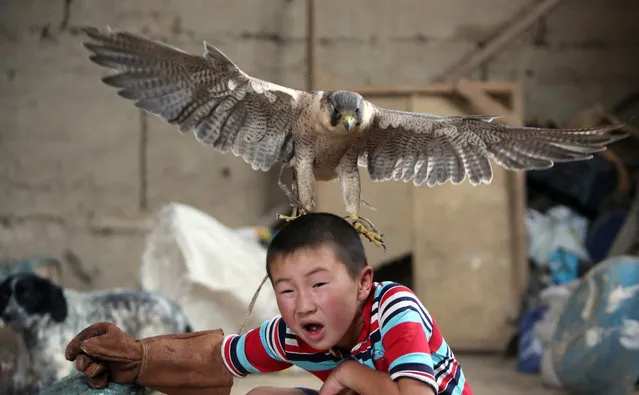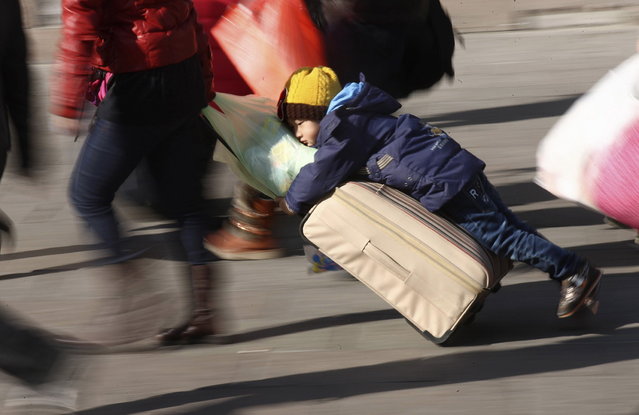
A person drags a suitcase as a boy clings to it on a square in front of a railway station ahead of the Chinese Lunar New Year in Qingdao, Shandong province, January 28, 2014. About 3.62 billion trips will be made during the 40-day Spring Festival travel rush, which started from January 16, reported Xinhua News Agency citing a government official. (Photo by Reuters/China Daily)
04 Feb 2014 09:06:00,post received
0 comments

